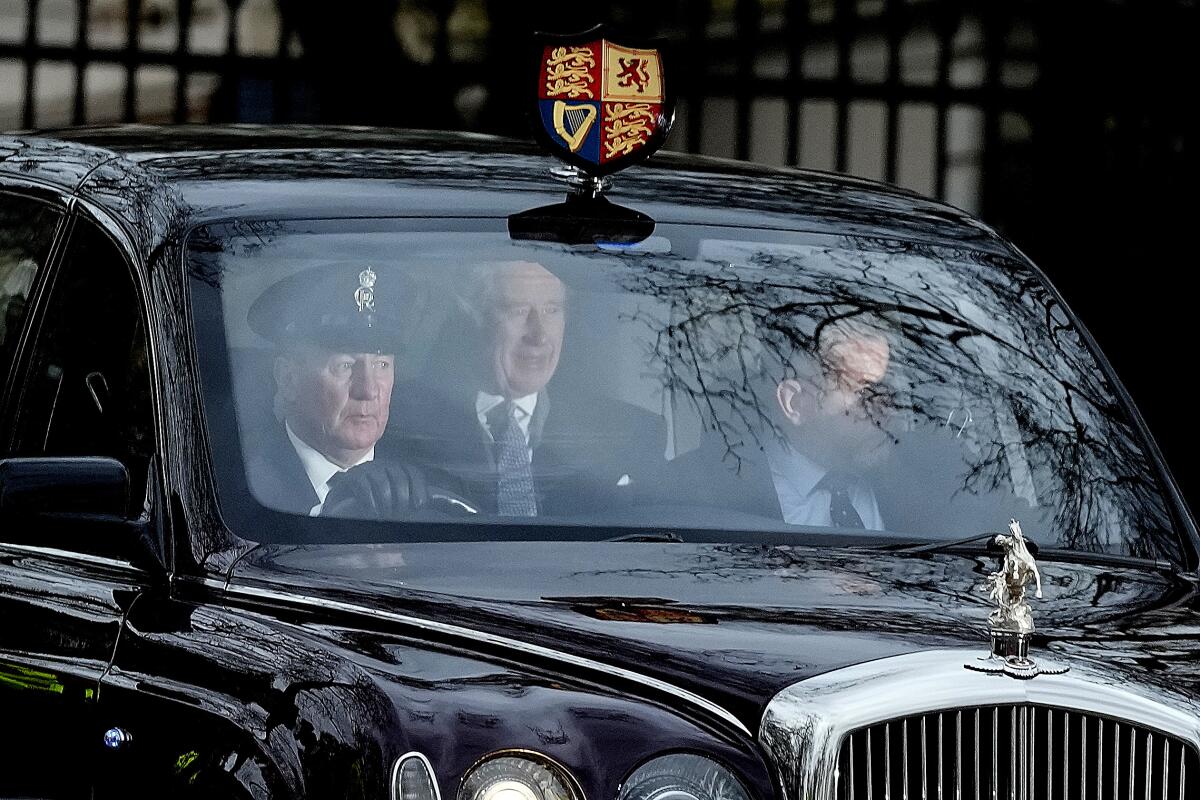The recent health challenges experienced by key members of the British royal family have brought into focus the vulnerabilities of Charles’s streamlined monarchy, a concept he has championed for years.
With the King, the heir to the throne, and the relatable figure of Catherine, the Princess of Wales, all facing medical issues simultaneously, concerns have been raised about the monarchy’s ability to operate smoothly in times of unexpected adversity.
The news of the Princess of Wales’ successful recovery from abdominal surgery initially provided a sense of relief for the King.
However, this relief was short-lived, as he now faces his own upcoming medical procedure for an enlarged prostate.
In normal circumstances, Prince William, the heir, would step in to fulfill public duties, but he has understandably chosen to prioritize the well-being of his immediate family, leaving a noticeable gap in the royal engagements of the three most pivotal figures.
This convergence of health crises underscores the repercussions of a leaner monarchy.
While in the past, the royal family could navigate challenges by deploying other members effectively, recent years have presented unprecedented obstacles, such as Megxit, Prince Andrew‘s Epstein scandal, and the passing of Queen Elizabeth, pushing the monarchy’s resources to their limits.
Prince Harry, once a beloved and charismatic royal, is conspicuously absent due to his self-imposed exile in California and strained relationships within the family.
His departure, coupled with Prince Andrew’s forced withdrawal, has significantly contributed to the downsizing of the monarchy.
Charles’s vision of a scaled-back royal family, where only the monarch and immediate successors hold significant roles, is now facing a critical test.
Princess Anne‘s cautionary words from ten months ago, warning against reducing the royal workforce, ring loud and clear.
The sudden absence of three key figures exposes the limitations of this new-look royal family and raises doubts about the wisdom of the slimmed-down approach.
Charles’s belief that a smaller, more focused family would be cost-effective and relevant is now being challenged by current events.
The reduction in the number of working royals was intended to streamline the representation of charities and voluntary organizations, portraying the monarchy as a good value for money.
However, the recent health crises highlight potential flaws in this strategy.
The elevation of Prince Edward to the Duke of Edinburgh, with the stipulation that the title would not automatically pass to Edward’s son, exemplified Charles’s commitment to a leaner monarchy, but the current health challenges are testing this strategy in unforeseen ways.
The timing of these medical issues during a period of lighter royal duties may be fortuitous, sparing the monarchy from potential crises during more crucial engagements.
As the public observes the developments within the royal family, questions arise about the efficacy of Charles’s minimalist monarchy model.
Furthermore, there may be discussions about whether the extensive portfolio of royal residences should also be downsized.

